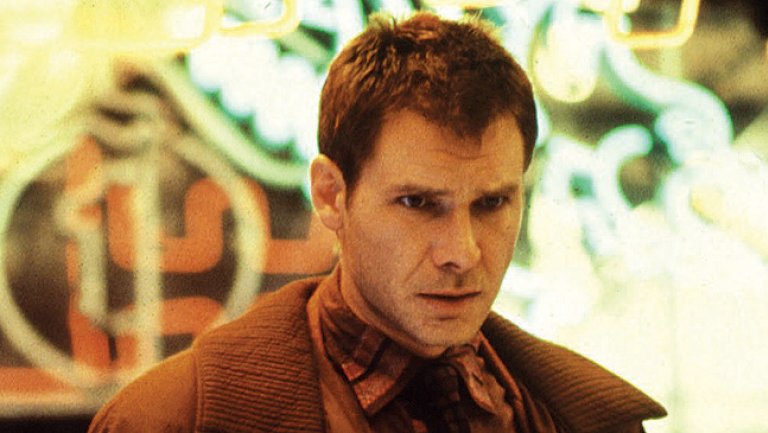
Fiction is one of the most powerful inventions in human history. Humanity’s ability to create out of whole cloth entire separate realities and worlds that function either on the rules of our own reality or one constructed on separate complex rules has introduced the world to concepts that would otherwise never have existed. This has led to inspiration, invention, and hope to untold millions throughout the centuries and has helped reveal and detail human nature in ways both unexpected and all-too-familiar.
Science fiction has played a particularly crucial role in building new worlds and potential futures that may not exist (at least yet) but also impart valuable ideas and commentary at the world we live in presently. While they are fantastic creations of places, technologies, and events that may never be, what makes them so impactful are the fundamental truths they impart and the excitement they stir within.
Science fiction films have similarly had an incredible effect on the world’s culture, producing a visual representation of the impossible that inspires and occasionally terrifies. And while sci-fi had long been considered the ghetto of literature, sci-fi films have only risen in stature since the dawn of film. Now in the early 21st century, it has broken into the mainstream, with some of the biggest budgeted films each year categorized as science fiction. But just as Rome wasn’t built in a day, sci-fi as a film genre didn’t suddenly appear.
And as the decades passed, sci-fi films inspired each other and built upon the innovations of each success. While there are literally hundreds of science fiction films that built this dynamic film genre, there are some core essentials that have gone meta and have guided and influenced the development of the genre as a whole. Here are the 10 most influential sci-fi films of all time.
1. Metropolis (1927)
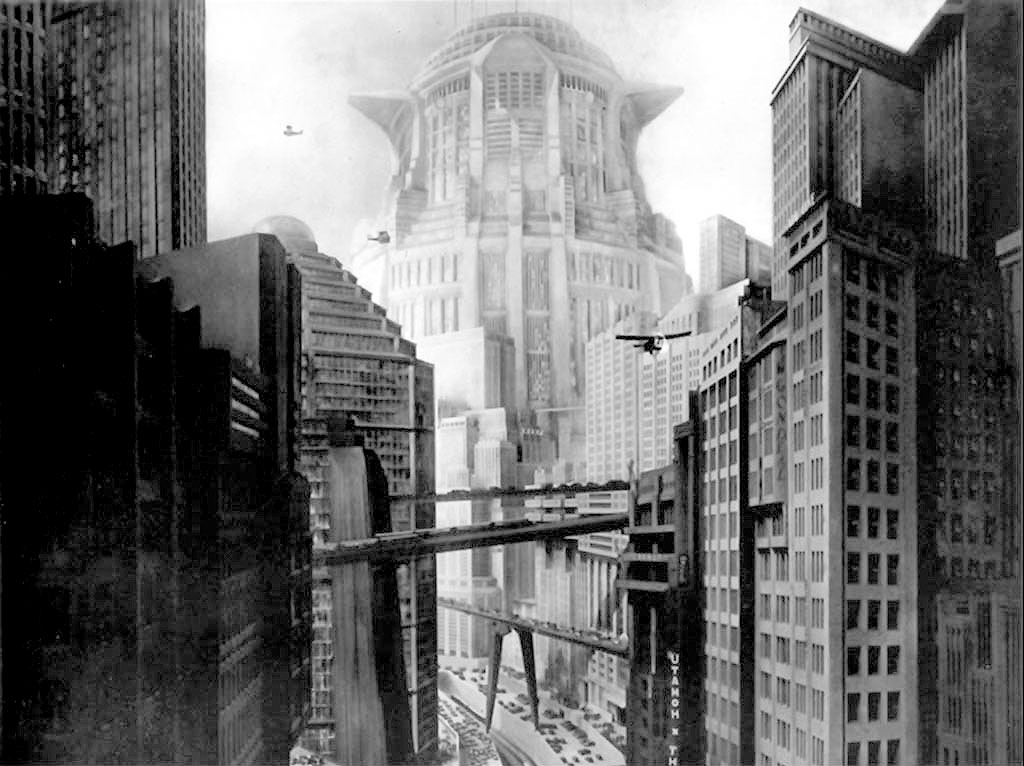
There are so many ground-breaking facets of Fritz Lang’s Metropolis that would inspire the sci-fi genre in film it’s difficult to quantify. Between its enormous contribution to the overall visual stylization of science fiction on the screen, its dystopian vision of the future, innovative introduction an artificial life form (and first film to feature a robot), science fiction as a vehicle for larger social and political commentary, large scale of production, depiction of advanced vehicles, complex visual effects, and overall hyper-stylization, Metropolis has not just influenced science fiction but fashion and film in general. Often cited as one of the greatest movies ever made, Metropolis is more than just a science fiction movie but one of the most influential movies of all time.
This silent film, set in the year 2026, is set in the massive city of Metropolis, where society is divided between the wealthy industrialists that live in high-rises and in decadent luxury and the underground-dwelling workers who slave away to keep the city running and the rich living in high style.
The son of the upper ruler of the city, Freder falls in love with worker Maria, which exposes him to the grim realities of the underworld that supports the upper class’s lifestyle. Further goaded on by his father’s rival, a mad scientist, Freder becomes intent on helping the workers, which causes a conflict between himself and his father. His father has built a robot that looks like Maria to lead the workers astray, to devastating consequences.
The film has found much controversy since its premiere in 1927: initially hated by critics, its status as an influential sci-fi film has lead to a historical revision of its place in film history. Meanwhile, its reputation was tarnished for some time by its popularity among the Nazi party.
With the original, longer cut thought long lost, an original 16mm print was discovered in 2008, letting the world see Lang’s original vision after being thought lost forever. An excellent example of German Expressionism and one of Lang’s most memorable films, the entire genre of sci-fi owes much to its existence and continuing influence.
2. Forbidden Planet (1956)
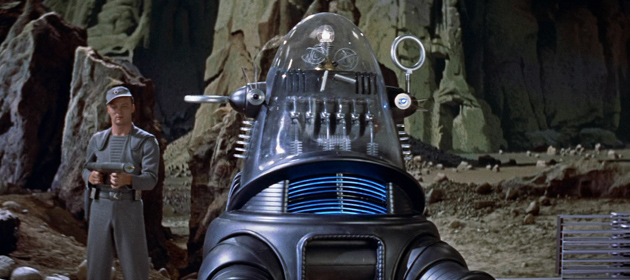
In the future, a spacecraft arrives at a distant planet, Altair IV, to investigate the fate of a group of scientists that were sent there decades ago. When they arrive, they discover two people: Dr. Morbius and his daughter Altaira, who was born on the planet. As they investigate the fate of the missing scientists, they uncover what happened on the planet and why there are only two survivors left.
Forbidden Planet is essentially a retelling of William Shakespeare’s The Tempest, but although it is based on a centuries-old play this sci-fi film was groundbreaking on many levels. It was the first sci-fi film to depict human-created faster-than-light space travel, the first to be set entirely on another planet in interstellar space, and Robby the Robot was one of the earliest robots that displayed a distinct personality and was an integral supporting character in the film. While many sci-fi films would go on to develop these elements further, Forbidden Planet was the first to detail them on-screen.
3. Invasion of the Body Snatchers (1956)
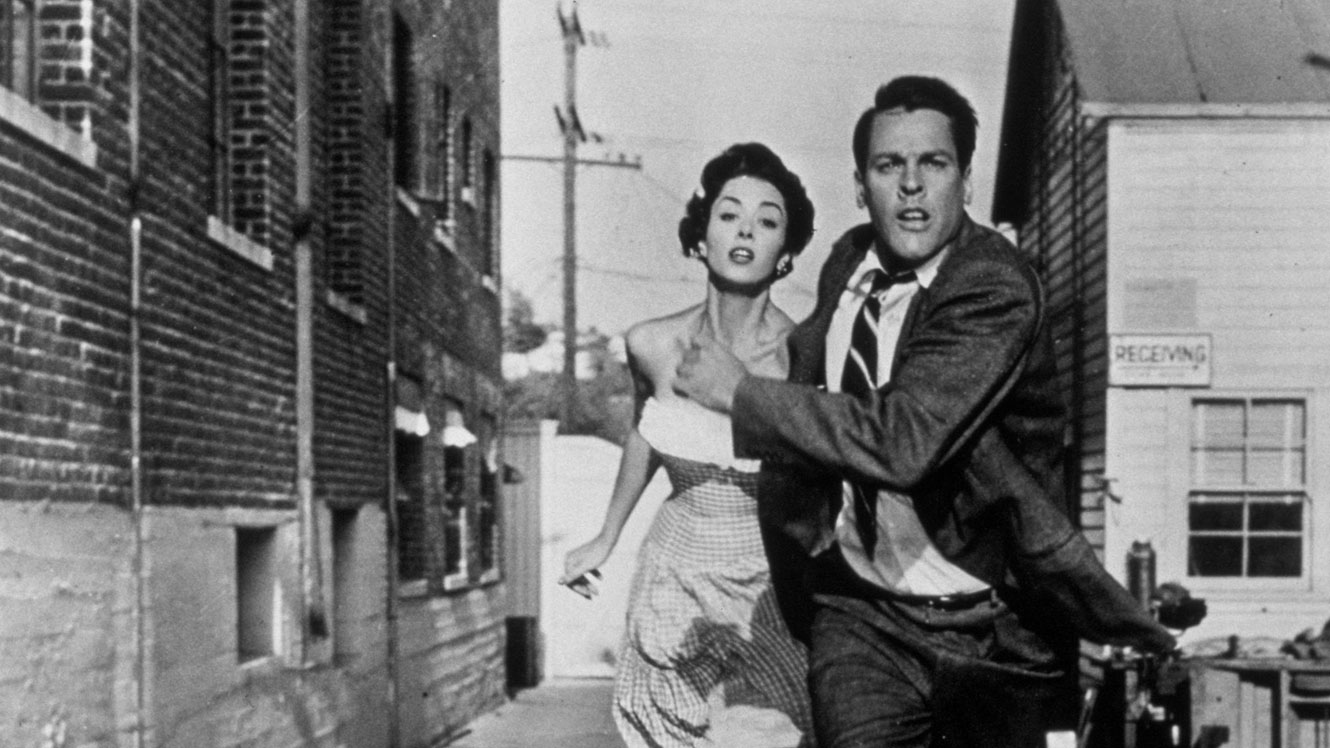
Dr. Miles Bennell begins to see a number of patients who claim their relatives have been replaced with identical imposters. While initially dismissing it as a sort of mass hysteria, people close to Bennell discover half-formed identical copies of themselves.
Before he knows it, Bennell and the few around him that haven’t turned begin seeing large quantities of pods being transported and it’s revealed that alien plant spores have fallen from space that replicate human beings, assimilating their physical characteristics, memories, and personalities but lack emotion. The doctor attempts to stop the invasion as more and more people are turned into so-called “pod people”.
This highly original film brought a new style, film noir, to the sci-fi film and was one of the earliest sci-fi films to mix genres, in this case sci-fi with thriller. It was also a highly allegorical film that was open to interpretation: either it commented upon the rising tide of McCarthyism in America and the dangers of turning a blind eye to how it affects a society or the dangers of communism and how it takes away the autonomy of the individual.
A complex sci-fi film that can be interpreted in many ways, it was selected as the ninth-best science fiction film of all time by the American Film Institute and inspire decades of psychological horror and thrilling science fiction.
4. 2001: A Space Odyssey (1968)
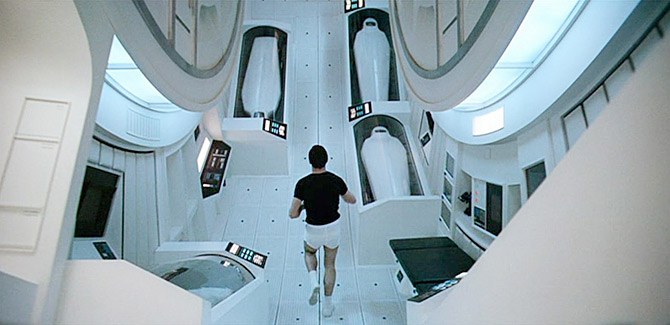
The influence of Stanley Kubrick’s 2001: A Space Odyssey cannot be underestimated. Revolutionizing the field of visual effects and realistically capturing the immensity of space, this vision of a (now past) future mesmerized audiences at the time of its release and continues to be recognized as one of the greatest sci-fi films of all time, if not one of the best films in history.
The story is familiar enough to any film fan: Beginning at the dawn of man, who are shown struggling to survive in a harsh landscape, a large black monolith appears one morning which seems to give them the inspiration to use objects as tools–most notably as a weapon.
The story instantly jumps millions of years to the point where mankind now has begun its exploration of space with advanced technology. The US has uncovered a mysterious monolith on the moon that was buried four million years earlier.
After the sun hits it, a loud, high-pitched radio signal emits from it. Eighteen months later, the spacecraft Discovery One is headed towards Jupiter for a mysterious mission. On-board is the artificial intelligence program HAL, who makes a mistake and then begins murdering the crewmen one by one. One survives after shutting HAL down and makes his way to his destination, where he finds another monolith floating in orbit. After that, he experiences a transcendent experience that seemingly warps him through time and space.
But the “story” of 2001 is shallow considering how much is being said through its visual and aural grammar and overall construction. Opening in darkness with an overture that suggests the birth of the universe, then shifting to a long, wordless segment detailing the dawn of man and the mysterious powerful object that jump-starts evolution, then jumping forward millions of years to see mankind at its most advanced point until finishing on a dazzling, psychedelic sequence representing the unknown and unknowable is a massive achievement on all levels.
Still impressive even over 50 years after its creation, 2001: A Space Odyssey is a must-see film that contextualized a seemingly impossible span of space and time that all other sci-fi films attempting the same can only marvel at.
5. Star Wars (1977)
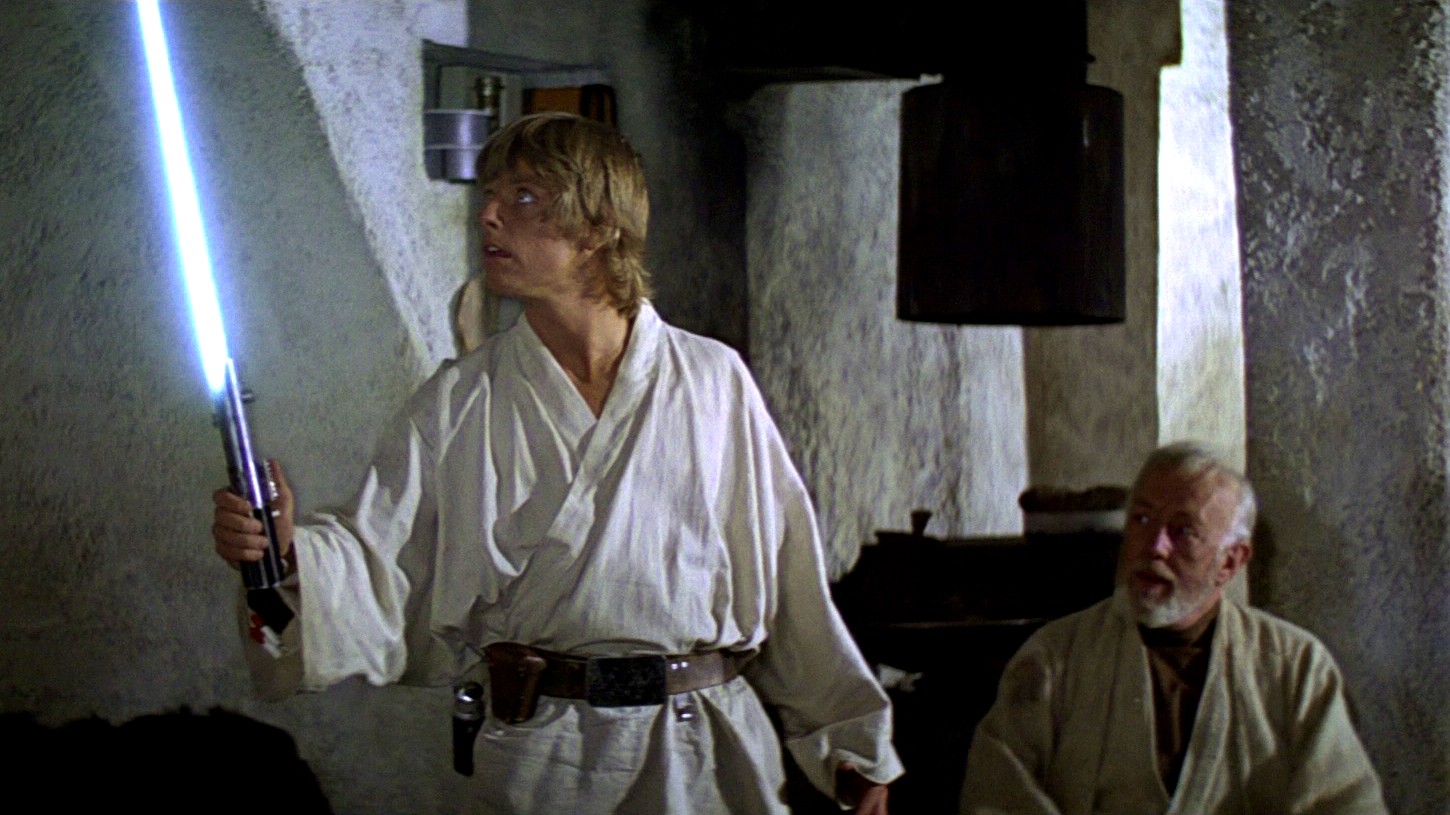
Attempting to paint on a similarly large canvas as 2001 but also centering on distinct, likable characters, the influence of Star Wars on the genre is similarly difficult to quantify. Although the backdrop is on an immense scale, involving a giant evil empire, spaceships, planet-hopping, and epic battles, the story is focused on a moisture farmer who learns of the mystical power of the force and becoming part of the rebels fighting against the Empire.
The characterizations in Star Wars are just as influential as its world-building and groundbreaking visual effects: sci-fi films never before had such an ensemble that could be dramatic and comedic; that would clash with each other and develop complex relationships while the story pushed forward without a long stop-down for expository scenes.
More than that, it was a breakthrough film that made sci-fi a popular genre, recalibrating the thrust of all sci-fi films afterwards into films that could be both popular with the general public while appealing to hardcore science fiction fans. Iconic, visually stunning, and so influential that it literally redefined sci-fi as a genre, Star Wars is (obviously) one of the most influential films of all time.